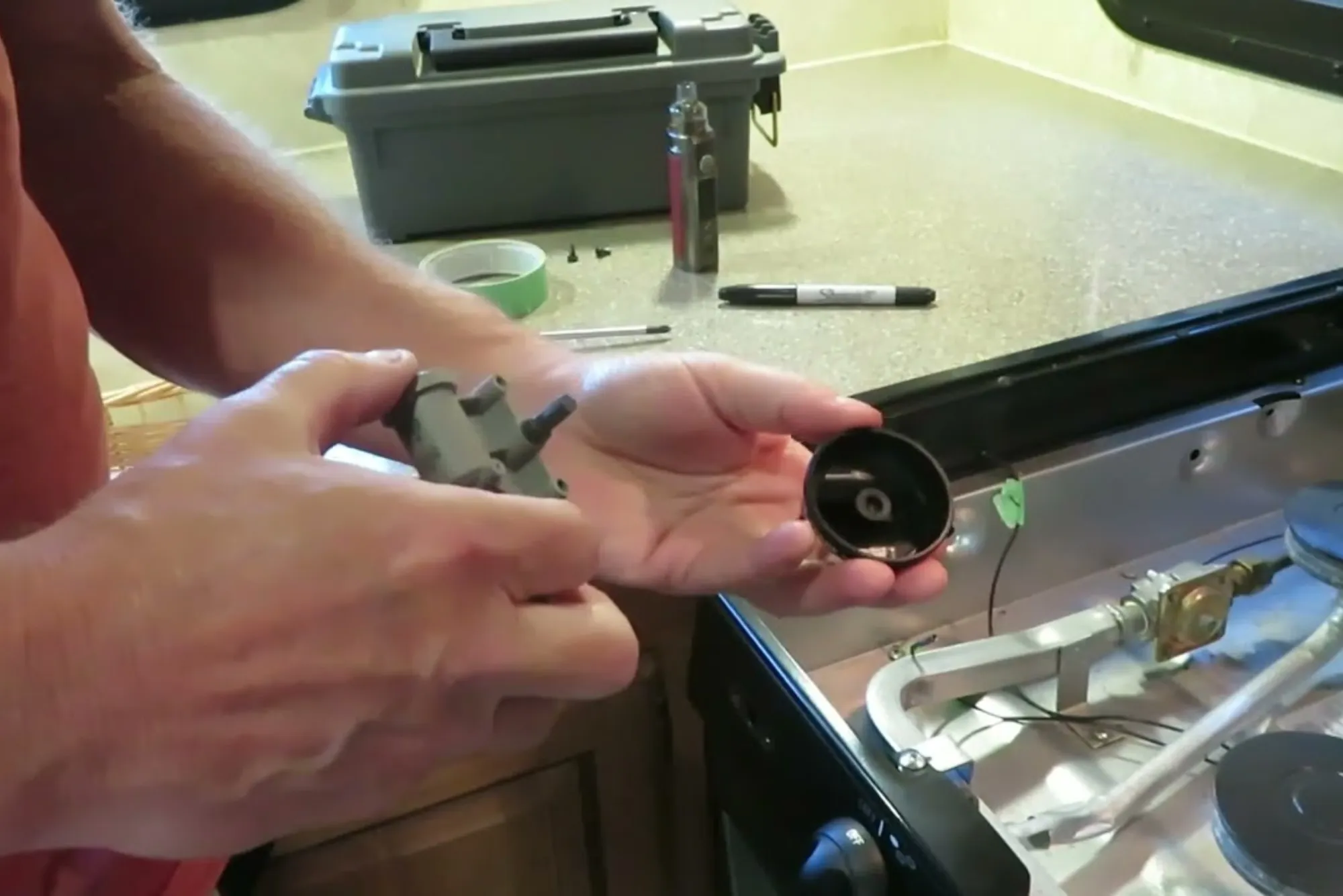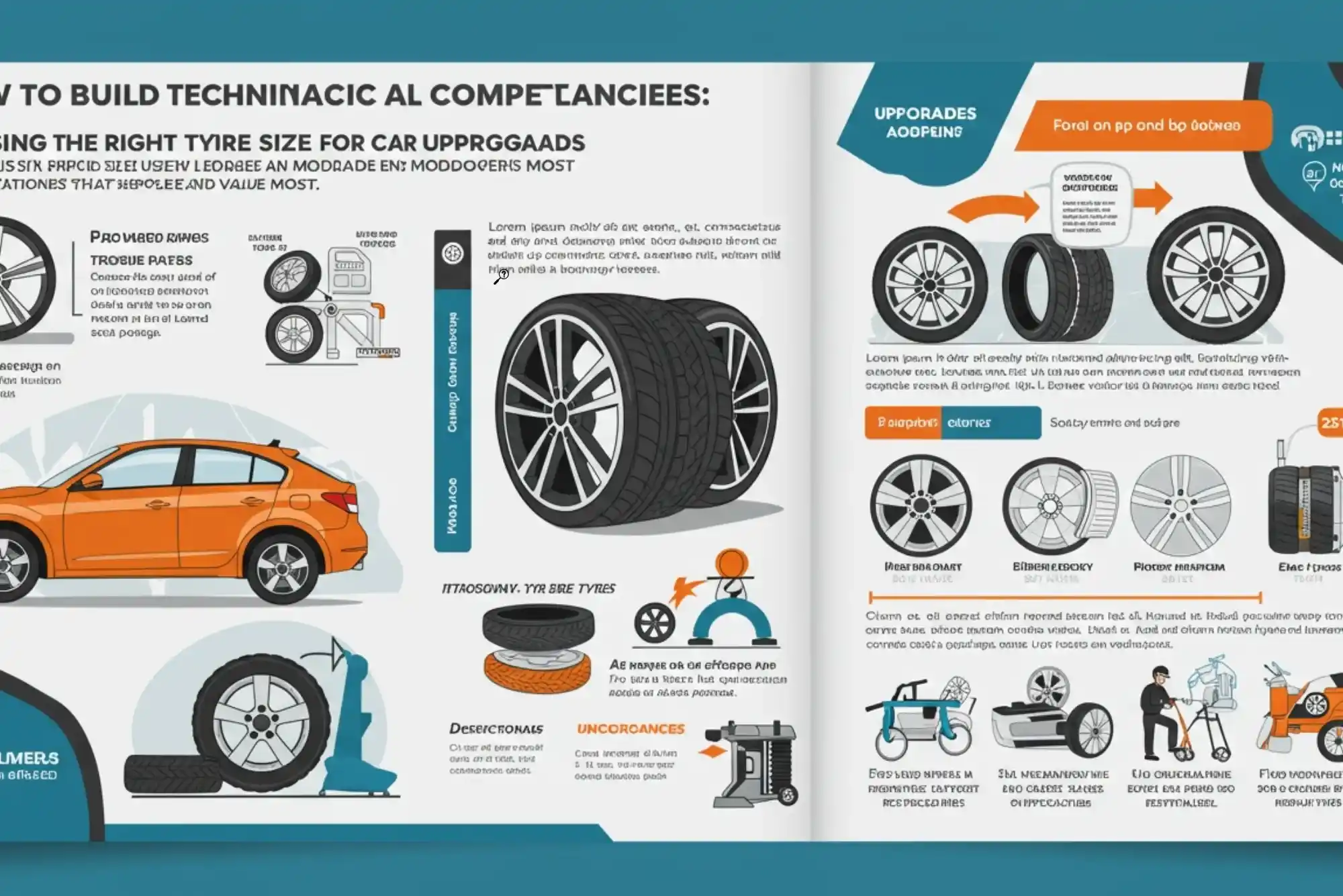Homes are more than just places to live; they reflect our style, provide comfort, and serve as our personal sanctuaries. Whether you’re looking to buy a home, renovate your existing one, or explore design ideas, this guide covers everything you need to know about homes—from architectural styles to sustainable living.
Types of Homes
There are several types of homes available, each with its unique advantages and lifestyle implications.
Single-family Homes
Single-family homes are standalone properties, offering privacy and space. They often include private yards and are ideal for families seeking space and autonomy.
Townhouses
Townhouses are multi-level homes that share one or two walls with neighboring units. They offer a balance between privacy and community living, often found in urban settings.
Condominiums (Condos)
Condominiums are units within a larger building or complex, where ownership is restricted to the interior space. Common areas such as lobbies, pools, and gyms are shared.
Apartments
Apartments are rental units in multi-family buildings. They provide flexibility, requiring no long-term commitment, and are an ideal option for temporary living or those not ready for homeownership.
Tiny Homes

Tiny homes are a growing trend, offering affordable, minimalist living. They usually range from 100 to 400 square feet, emphasizing efficiency and sustainability.
Mobile/Manufactured Homes
Mobile homes are pre-fabricated and can be moved to different locations. They offer a cost-effective solution for homeownership but may come with community or park fees.
Home Design and Architecture
Designing your home goes beyond aesthetics—it creates spaces that are functional and personalized.
Architectural Styles
There are many architectural styles to choose from. Some popular ones include:
- Contemporary: Characterized by clean lines, large windows, and open floor plans.
- Colonial: Symmetrical facades and evenly spaced windows.
- Craftsman: Features detailed woodwork, large porches, and low-pitched roofs.
Interior Design Trends
Current interior design trends include:
- Minimalism: Focus on clean, uncluttered spaces with neutral tones.
- Scandinavian: Combines functionality with simplicity, often using natural materials.
- Industrial: Exposed bricks, steel, and wood for a modern, unfinished look.
Sustainable Design
Green homes use eco-friendly materials and focus on energy efficiency. Examples include solar panels, energy-efficient insulation, and reclaimed building materials.
Home Buying and Real Estate
Buying a home is a significant financial decision. Here’s what you need to know about real estate and the buying process.
First-time Home Buyers
Buying your first home can be overwhelming, but it doesn’t have to be. Start by evaluating your finances, securing pre-approval for a mortgage, and working with a real estate agent to find homes that meet your needs.
Mortgage and Financing Options
Homebuyers can explore different mortgage options, including fixed-rate and adjustable-rate mortgages. It’s important to consider interest rates, loan terms, and down payment options.
Real Estate Markets
Understanding local real estate markets is crucial. Look at housing trends, average home prices, and neighborhood characteristics to make an informed decision.
Buying vs. Renting
Homeownership offers long-term stability and the chance to build equity, while renting provides flexibility without the commitment of maintenance or property taxes.
Home Improvement and Renovation
Home improvement projects can boost the value and functionality of your home.
DIY Home Projects
Small home improvement projects like painting, furniture assembly, and basic landscaping can be done without professional help, saving money and time.
Major Renovations
For larger projects such as kitchen or bathroom remodels, it may be best to hire professionals. These projects can significantly increase home value.
Smart Home Technology
Incorporating smart technology can improve energy efficiency and convenience, with devices such as smart thermostats, lighting systems, and security systems.
Home Maintenance

Regular maintenance is essential for preserving your home’s value. Seasonal tasks include checking HVAC systems, cleaning gutters, and inspecting roofs.
Home Decoration and Interior Design
Decorating is an essential part of making a house feel like a home.
Color Schemes and Paint Ideas
Choosing the right color palette can change the entire feel of a room. Soft, neutral tones are calming, while bold colors can energize a space.
Furniture Selection
Selecting furniture that fits your style and space is key. Consider multifunctional pieces to maximize smaller spaces.
Lighting Ideas
Proper lighting is critical for creating ambiance. Use a combination of natural light, task lighting, and accent lighting to achieve the desired effect.
Storage Solutions
Creative storage ideas, like built-in shelves or under-bed storage, can help keep your home organized and clutter-free.
Sustainable and Green Living
Eco-conscious living is becoming more popular as people look to reduce their environmental impact.
Energy-Efficient Homes
Energy-efficient homes use less energy for heating, cooling, and powering appliances. Solar panels, efficient insulation, and energy-star-rated appliances are great investments.
Water Conservation
Using low-flow faucets, rainwater harvesting systems, and efficient plumbing fixtures can help conserve water.
Eco-Friendly Materials
Sustainable materials like bamboo flooring, recycled glass countertops, and reclaimed wood furniture contribute to an eco-friendly home.
Outdoor Living Spaces
Outdoor areas can serve as extensions of your living space.
Landscaping Ideas
Landscaping enhances the beauty and value of your home. Consider planting native plants, which are low maintenance and water-efficient.
Outdoor Furniture
Choose durable, weather-resistant furniture for your outdoor space to create a comfortable place to relax or entertain.
Outdoor Lighting
Strategic outdoor lighting improves both the functionality and security of your property. Solar-powered lights are an eco-friendly option.
Sustainable Landscaping
Practices like xeriscaping (using drought-tolerant plants) can help reduce water consumption while maintaining a beautiful yard.
Home Safety and Security
Safety and security are essential considerations for every homeowner.
Home Security Systems
Investing in home security systems, including alarms, smart locks, and surveillance cameras, can protect your home and family.
Fire Safety
Ensure your home is equipped with fire alarms, extinguishers, and a fire escape plan. Regularly test smoke detectors.
Home Insurance
Home insurance protects against damages and provides peace of mind. It’s important to choose a policy that covers your specific needs, including natural disaster protection if necessary.
Disaster Preparedness
Prepare your home for natural disasters by securing windows, clearing debris, and creating an emergency plan.
Table: Home Types and Key Features
| Home Type | Key Features | Pros | Cons |
|---|---|---|---|
| Single-family Home | Standalone property with private yard | Privacy, space, ownership | Higher cost, more maintenance |
| Townhouse | Multi-level, shares walls with neighbors | Affordable, community living | Less privacy, shared walls |
| Condominium (Condo) | Ownership of unit, shared common areas | Low maintenance, amenities | HOA fees, less control over property |
| Apartment | Rental unit in a multi-family building | Flexibility, low commitment | No ownership, limited customization |
| Tiny Home | Small, mobile home, eco-friendly | Affordable, minimalist living | Limited space, zoning restrictions |
| Mobile/Manufactured Home | Pre-fabricated, can be moved | Affordable, flexible location | Park fees, lower resale value |
Frequently Asked Questions (FAQs)
What is the difference between a townhouse and a condo?
A townhouse is a multi-level home that shares walls with neighboring units but has its own entrance, while a condo is a single unit within a larger building with shared common areas.
Is it better to rent or buy a home?
Renting offers flexibility and less responsibility for maintenance, while buying a home provides long-term stability and the opportunity to build equity. It depends on your financial situation and long-term goals.
What are the benefits of smart home technology?
Smart home technology improves security, energy efficiency, and convenience. Devices like smart thermostats, lighting, and security systems allow for remote control and automation.
How can I make my home more energy-efficient?
You can make your home more energy-efficient by installing energy-star-rated appliances, improving insulation, using LED lighting, and considering solar panels for renewable energy.
What are some easy DIY home improvement projects?
Some easy DIY projects include painting walls, installing shelving, updating lighting fixtures, and landscaping your yard.
This article provides a comprehensive overview of homes, from different types and design options to home buying, renovation, and eco-friendly practices. It serves as a valuable resource for anyone looking to enhance their knowledge of homes.









